What can you do to help patients with normal tension glaucoma lower their pressure?
Justin Schweitzer, OD, recently presented a session at the American Optometric Association’s 5th World Congress of Optometry. He talks with Optometry 360 about the “artful” nature of caring for patients with normal tension glaucoma.
Justin Schweitzer, OD:
Hello, everyone. My name is Justin Schweitzer. I’m an optometrist at Vance Thompson Vision in Sioux Falls, South Dakota, and really excited that I was able to present a lecture at Optometry’s meeting this year called Navigating Normal Tension Glaucoma. Normal tension glaucoma, a type of open-angle glaucoma, just these patients that have pressures less than 21, a more artful type of condition that we have to treat on a daily basis. We know that lowering a high baseline pressure can be, I don’t want to say easy, but we have a ton of options that are available to us in doing that. A lot of times, I don’t lose a lot of sleep when I have a patient that has a pressure of 25 or 26.
I know I have a bunch of tools in the toolbox to lower the pressure. But what about these patients that have these lower baseline pressures and they have glaucoma? It can be a lot more challenging and, really, my lecture focused on thinking through being artful in what you choose to help these patients in lowering their eye pressure. For example, what kind of medications do we choose? There are certain prostaglandins that have been studied in low baseline pressure situations that do work better. We know that certain medications, specifically aqueous suppressant types of medications, don’t lower eye pressure well at night.
When we have patients with normal tensive glaucoma, we know there’s a variety of different studies that when people sleep at night, their eye pressure will go up, but also other things are happening like their blood pressure is dropping, so you have a decrease in ocular perfusion pressure. There’s the connection between cerebral spinal fluid pressure and glaucoma in these patients as well. I cover all of these in my lecture to help you hopefully make a better decision around what type of options we have to help these types of patients. Then we get into some new technologies. There’s a company now that has produced or made some goggles to help patients lower their pressure at night while they’re sleeping.
Similar to a CPAP, this technology called OPAP, new technology that will fit into the optometrist’s arsenal to help lower pressure and protect vision for our patients with these low baseline pressures or normal tension glaucoma. I want to thank Optometry’s media and I want to thank the AOA for allowing me to present this lecture. It was a great time being able to spend some time with my colleagues and I look forward to the next time.

Contact Info
Grandin Library Building
Six Leigh Street
Clinton, New Jersey 08809


